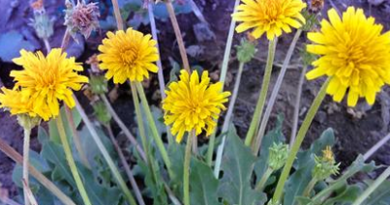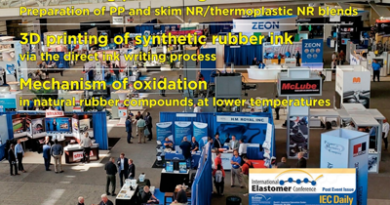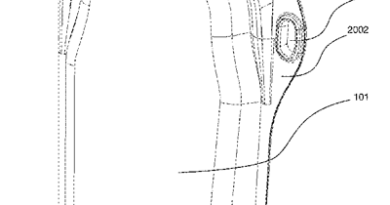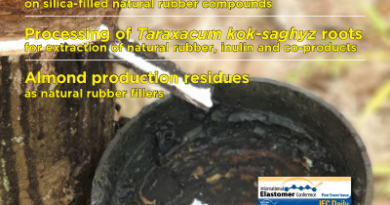Post International Elastomer Conference Show Daily
This follow-up to the 2021 International Elastomer Conference and Expo, held last month in Pittsburgh, Pennsylvania, and
published for the Rubber Division, ACS by Lippincott & Peto, Inc., includes photographs and summaries of IEC events, including the 2022 Science & Technology Award winners, Rubber Division, ACS
service award recipients, 2021 scholarship and Rubber Technology Training Award recipients, the Experience Elastomers
Student Outreach Program, the Rubber Division’s 2021-2023 Strategic Plan, the inaugural Rubber Chemistry & Technology Excellence Award and Expo exhibitors.






